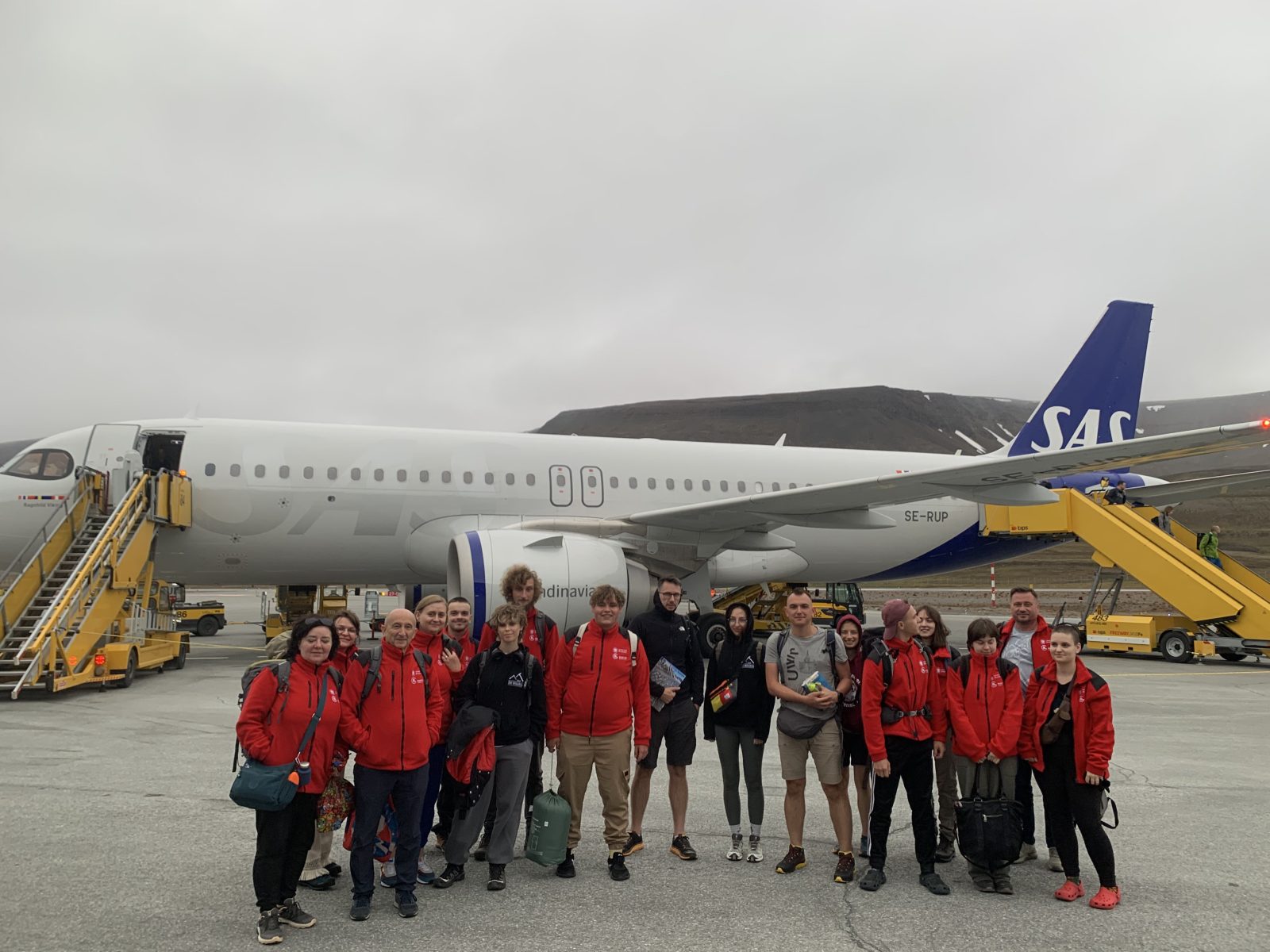
GeoArctic Expedition 2025: Mid-Expedition report from the UWr team on Spitsbergen
Report dated 4 August 2025, Ny-Ålesund, latitude 78.90°N
Students and researchers from the University of Wrocław, aboard the STS Generał Zaruski, have reached the halfway point of the GeoArctic Expedition on Spitsbergen. On 3 August, the team moored in Ny-Ålesund, the northernmost permanently inhabited settlement in the world, where they will remain for two days due to stormy winds. This stop provides a well-earned rest after a challenging yet highly successful week at sea—a week marked by the accomplishment of both scientific objectives and essential training in Arctic conditions for the ship’s crew.
The team arrived in Longyearbyen, the capital of Svalbard, in the early hours of 26 July. After settling in, they began a series of small-group sessions based at the BERA Scientific and Logistic Station. This facility, an initiative of the Polish Polar Consortium—of which UWr’s Cold Regions Research Centre is a part—was kindly supported by its coordinator, Wojciech Moskal.
Following introductory lectures on Svalbard’s history, environment, and geology, the expedition participants visited several key sites in Longyearbyen, including the renowned Global Seed Vault.
On 28 July, students and staff embarked aboard the expedition vessel Generał Zaruski. They immediately began provisioning, preparing the ship for sailing, and completing safety drills. The ship set sail at noon on 29 July, heading south.
On the evening of 30 July, the expedition reached its first scientific destination—Hornsund Fjord—where the crew conducted initial landings by dinghy to collect ice, sediment, and rock samples at Fannypynten and Hoferpynten. The team also had the opportunity to visit the Polish Polar Station in Hornsund. Navigating the fjord required careful manoeuvring around pack ice calving from the nearby Hans Glacier, and boathooks proved essential in protecting the ship’s hull. This phase also marked the crew’s first experience with anchoring and standing anchor watches.
After leaving the fjord on 31 July, the ship headed north to Hytte Bay to drop off a research group for a trek to the University of Wrocław’s Stanisław Baranowski Polar Station, known as “Baranówka.” The students and scientists spent 24 hours in the field, conducting research on the forefield of the Werenskiold Glacier and around Lake Myrktjørna. Once their work was completed, the team was picked up by dinghy near the old hunting cabin at Hyttevika. At 5 p.m. on 1 August, Generał Zaruski honoured the Warsaw Uprising by holding a commemorative observance—likely the northernmost such act on that day.
The vessel then continued on to Bellsund Fjord, arriving on the afternoon of 2 August. The landing team disembarked in Calypsobyen, home to a research station of Maria Curie-Skłodowska University, and carried out fieldwork focusing on tillites and the Renard Glacier. After returning from shore, the ship turned north once again.
On 3 August, the team met with researchers from Nicolaus Copernicus University based in the Oscar II Land region. The visitors were treated to a meal prepared by the galley watch. The landing party continued its scientific programme by searching for serpentinites—metamorphic rocks common near Kaffiøyra—and conducting hydrogeological studies. This day was also rich in Arctic wildlife encounters, with walruses, seals, and dolphins appearing near the ship’s hull. As wind conditions worsened, the crew set course for Ny-Ålesund to seek shelter in the harbour.
Throughout the week, expedition members have gained valuable sailing experience—learning the ship’s complex rigging, how to launch and retrieve the dinghy, and mastering anchoring techniques using the traditional capstan method. The crew has been divided into four rotating watch teams, each operating in four-hour shifts under the supervision of officers, handling navigation, steering, and sail management. Each day, a different watch is assigned galley duty, preparing meals for the entire crew. Despite ever-present cold (expected, but still taxing), limited water supplies, demanding work at sea and on land, and bouts of seasickness, the participants of the GeoArctic Expedition have carried out their duties admirably and are steadily becoming more accomplished sailors.
One of the media partners of the expedition is Polskie Radio Program 1 (Jedynka). As part of this collaboration, radio broadcasts are being prepared for Thursday, 7 August, to air during Lato z Radiem (just before 12:00 p.m.) and Eureka (around 7:00 p.m.).
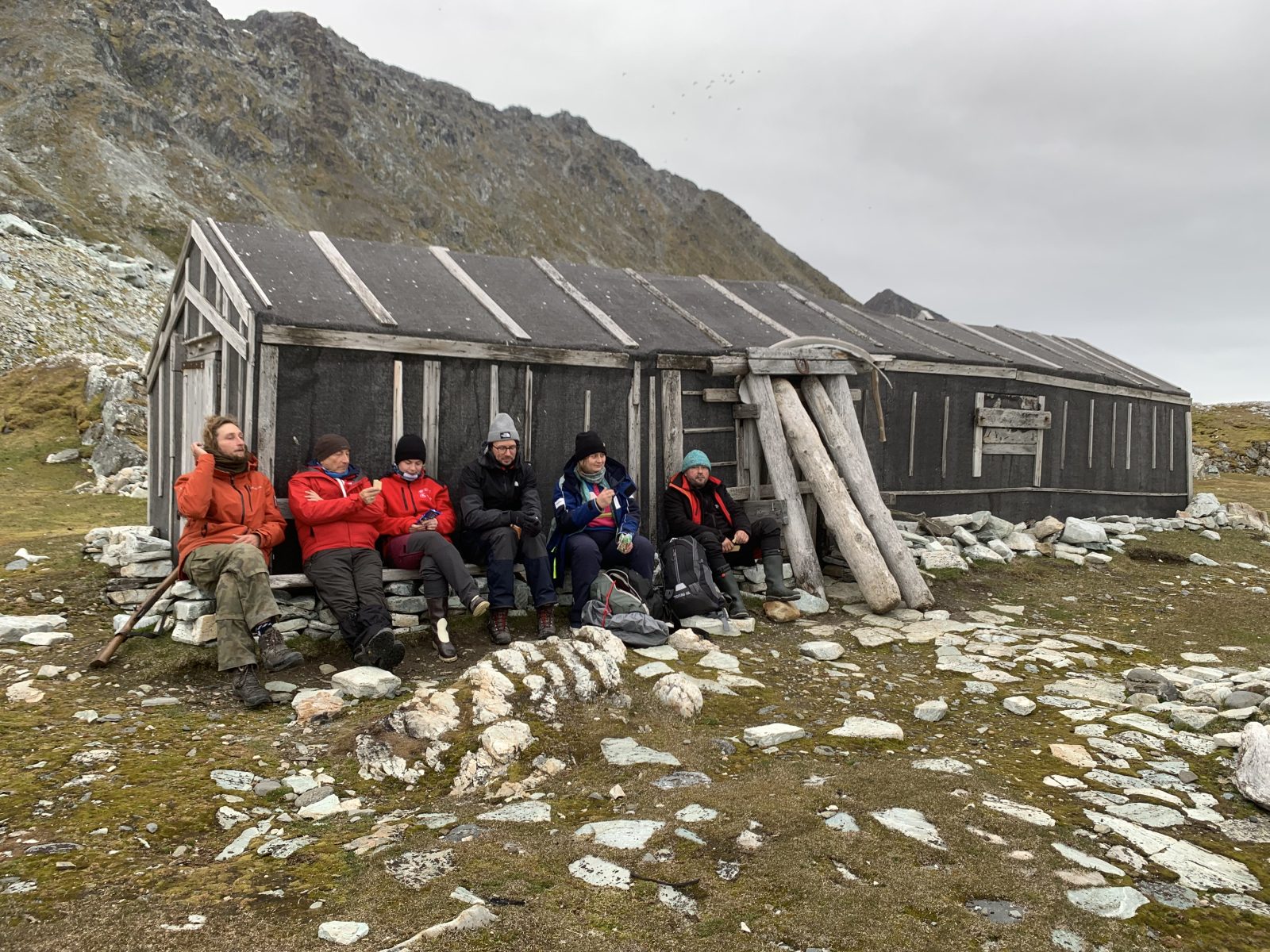
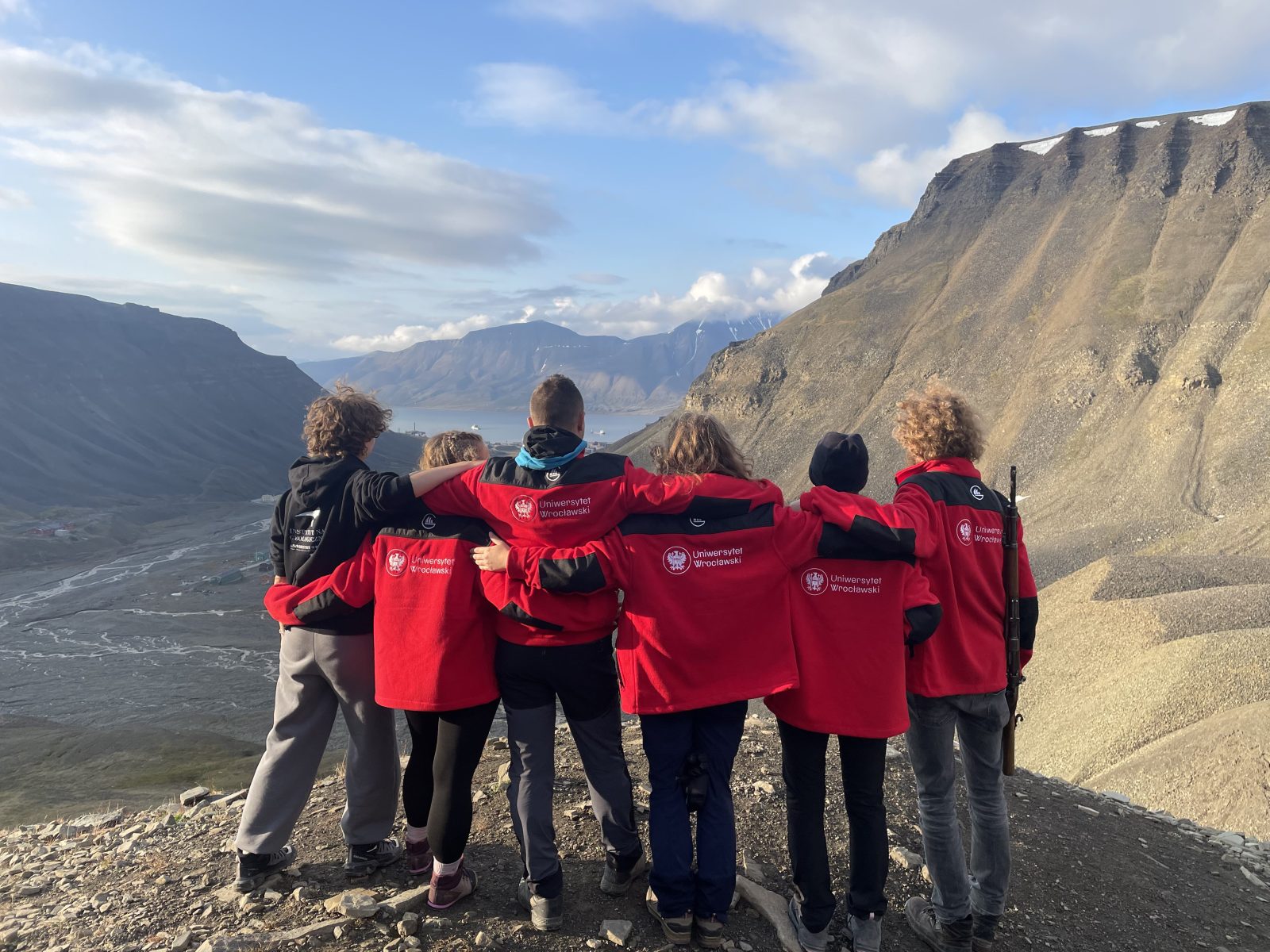
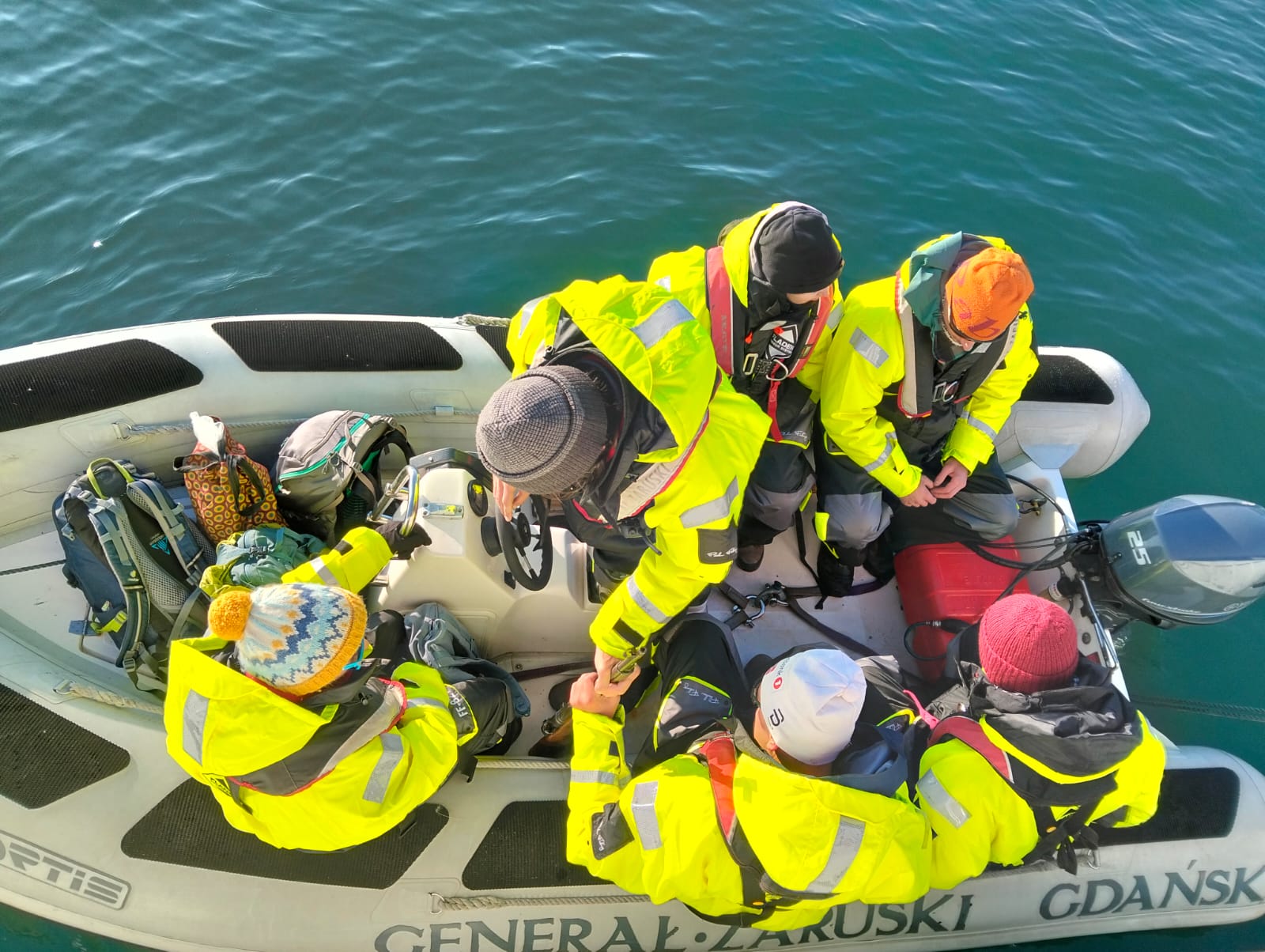
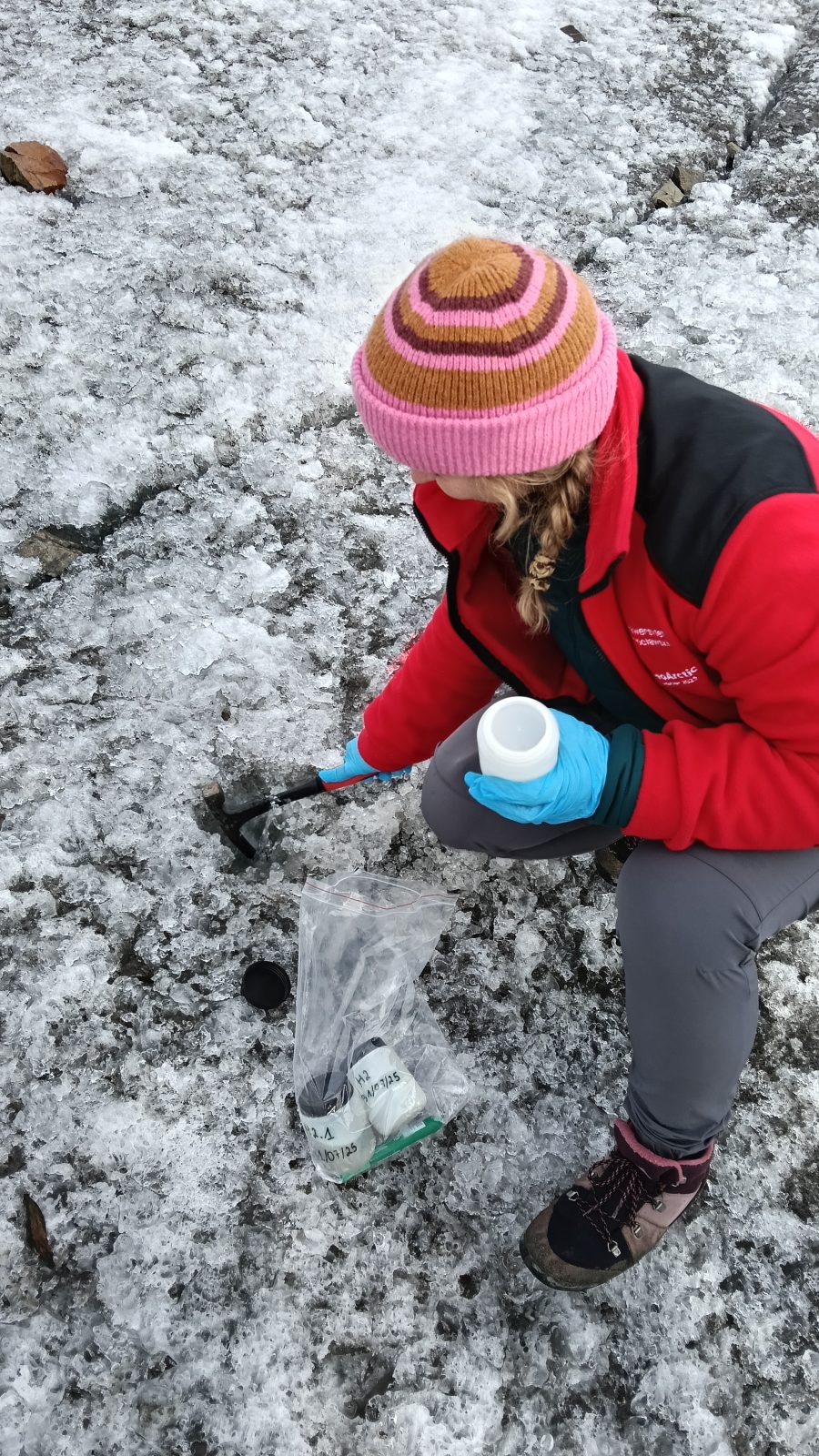
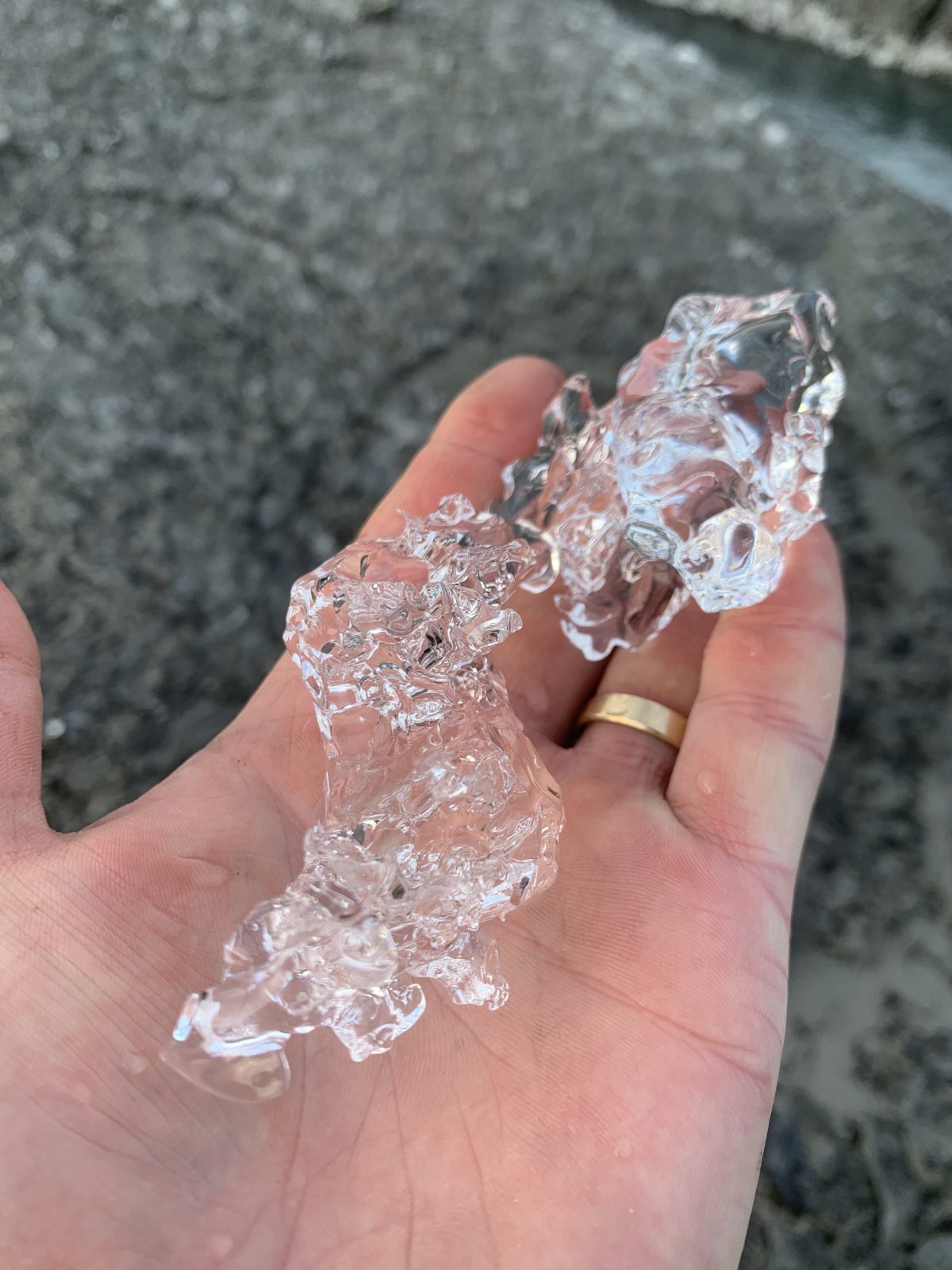
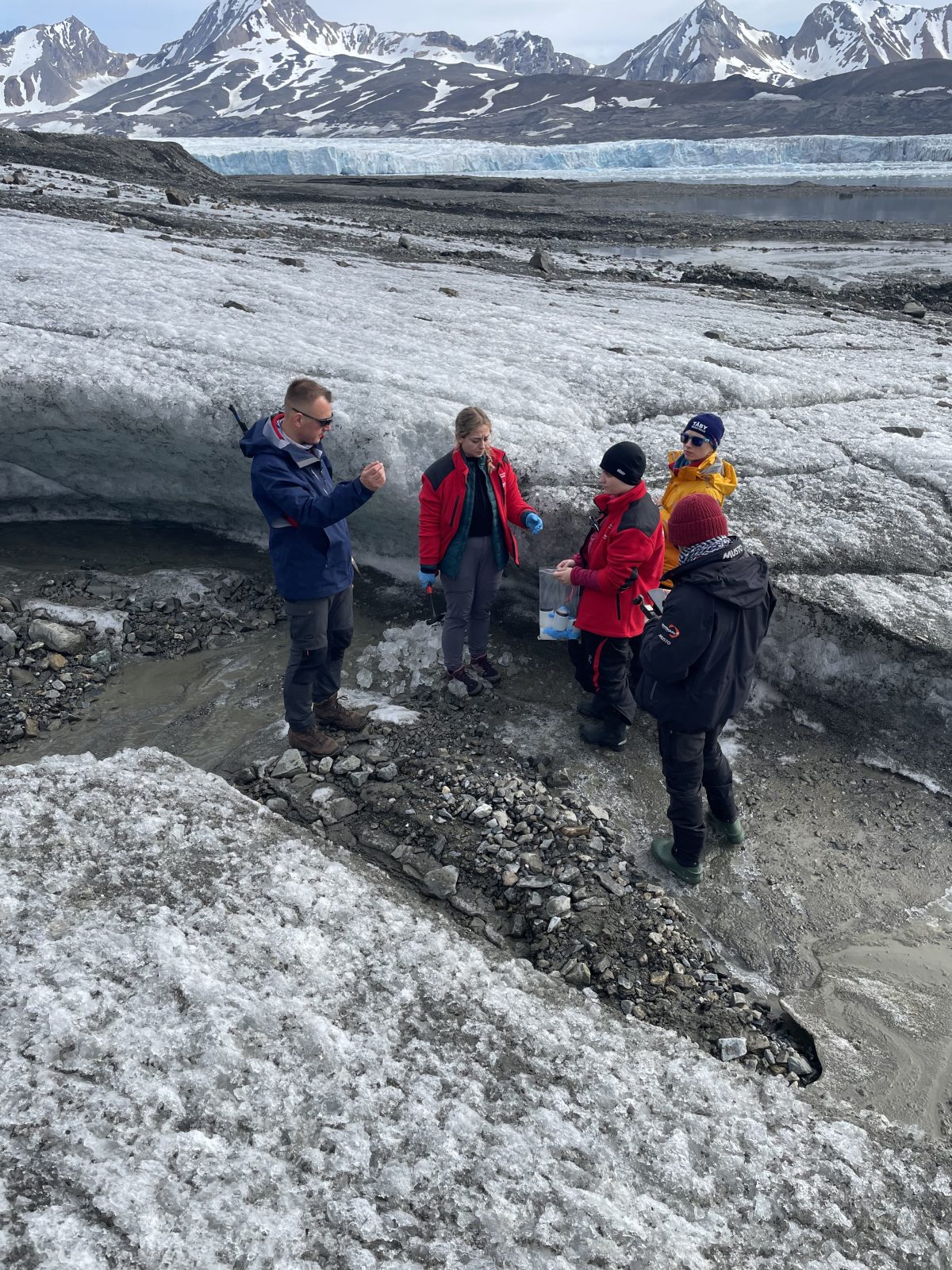
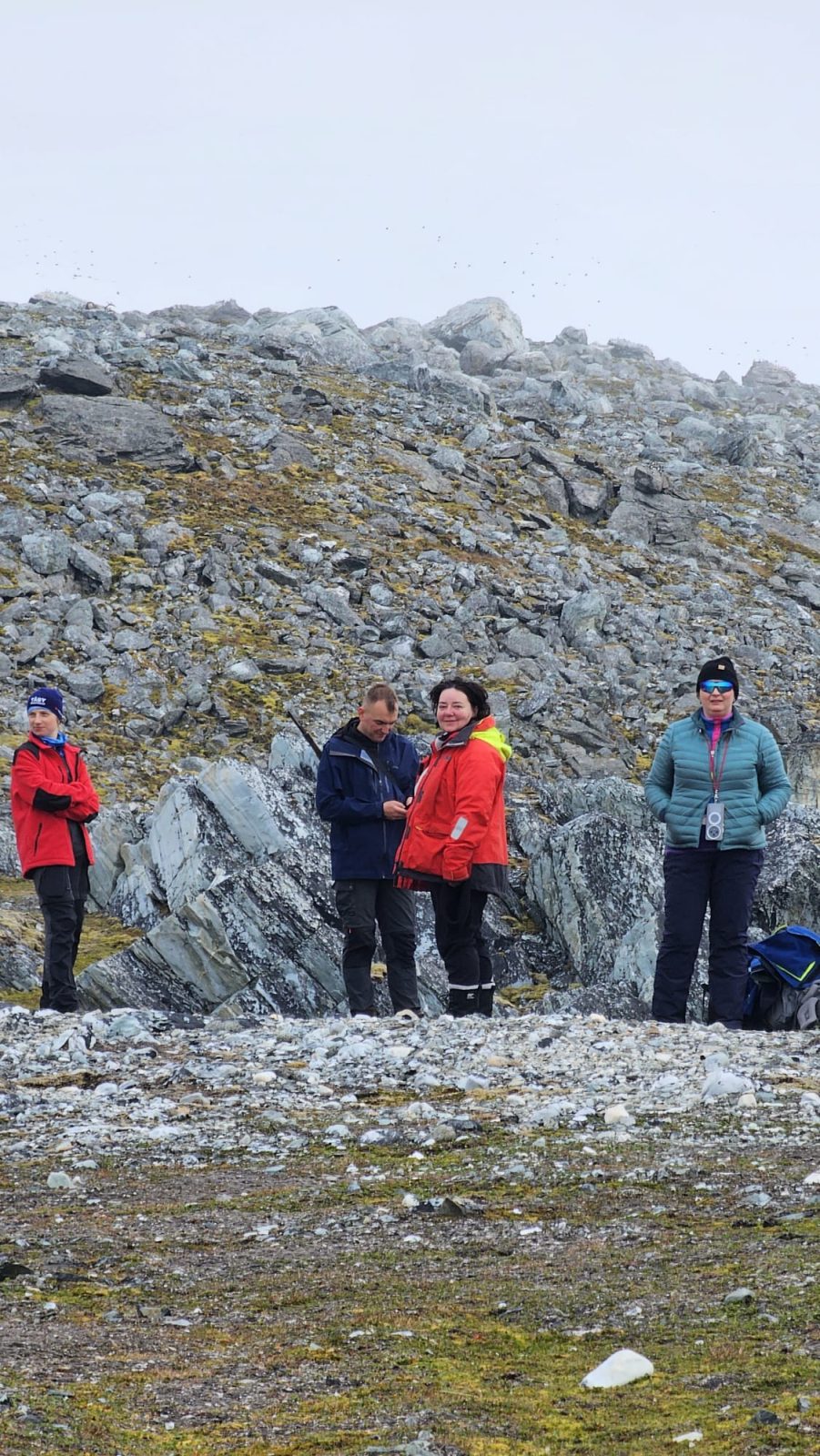
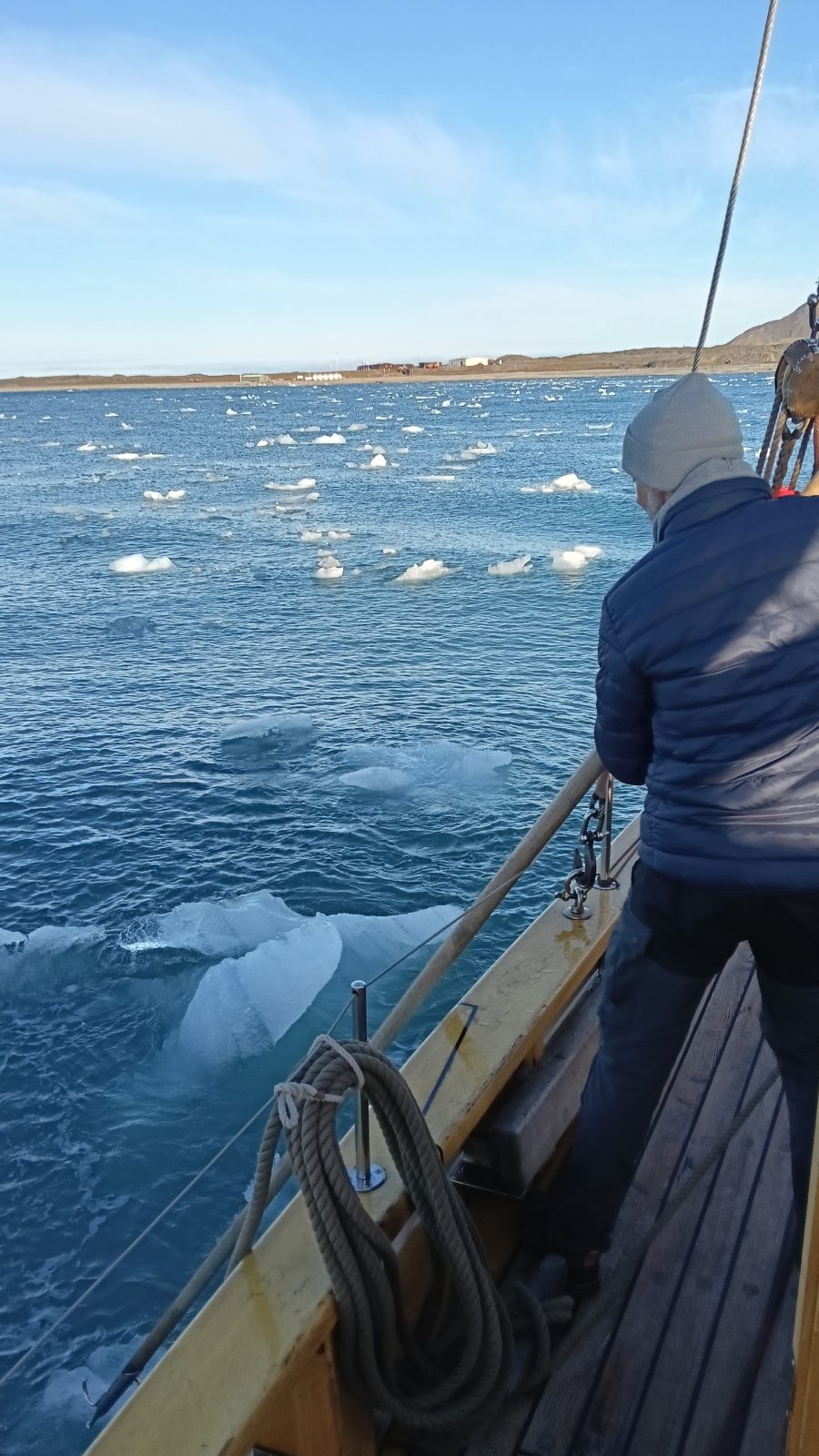
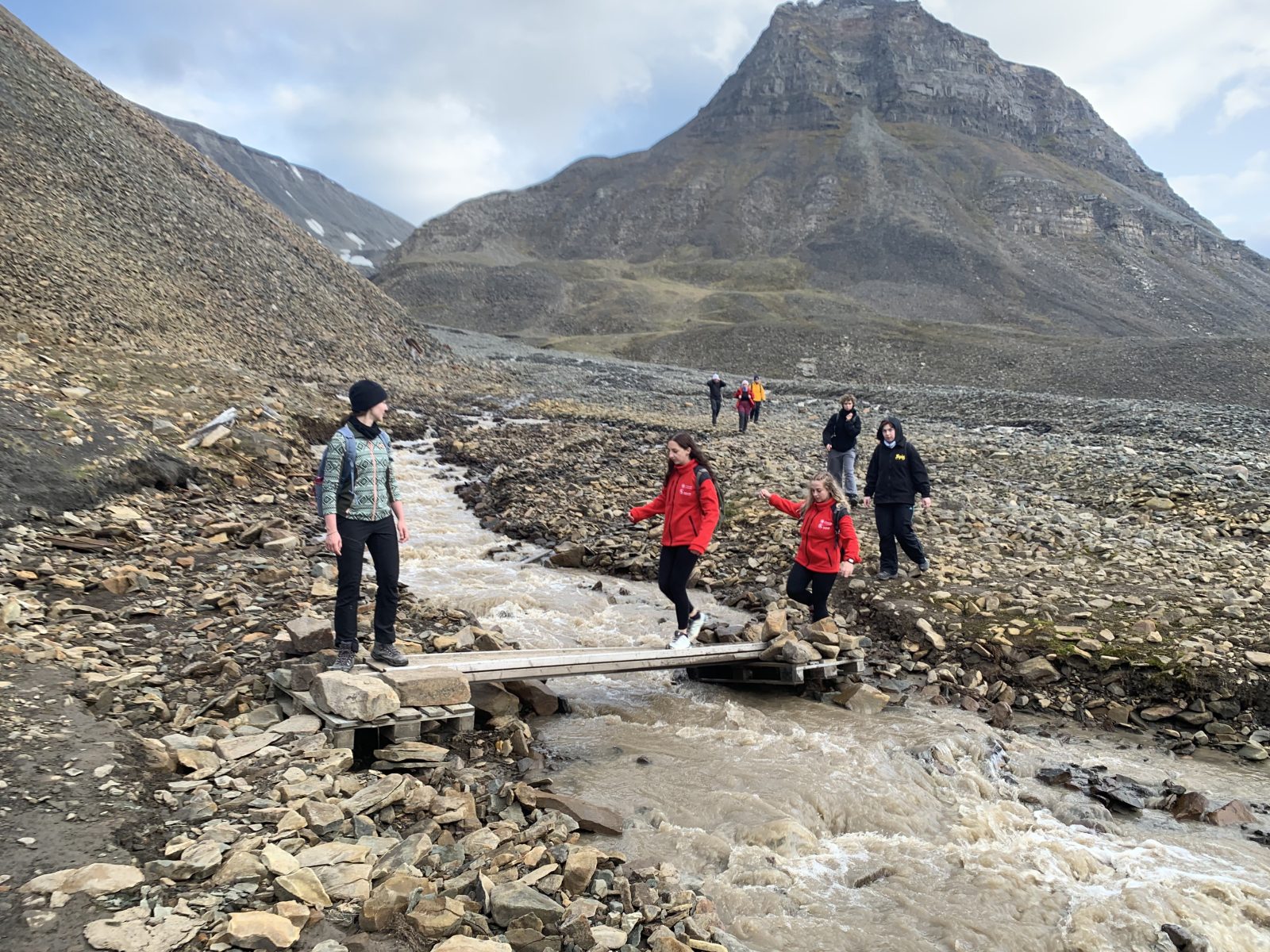
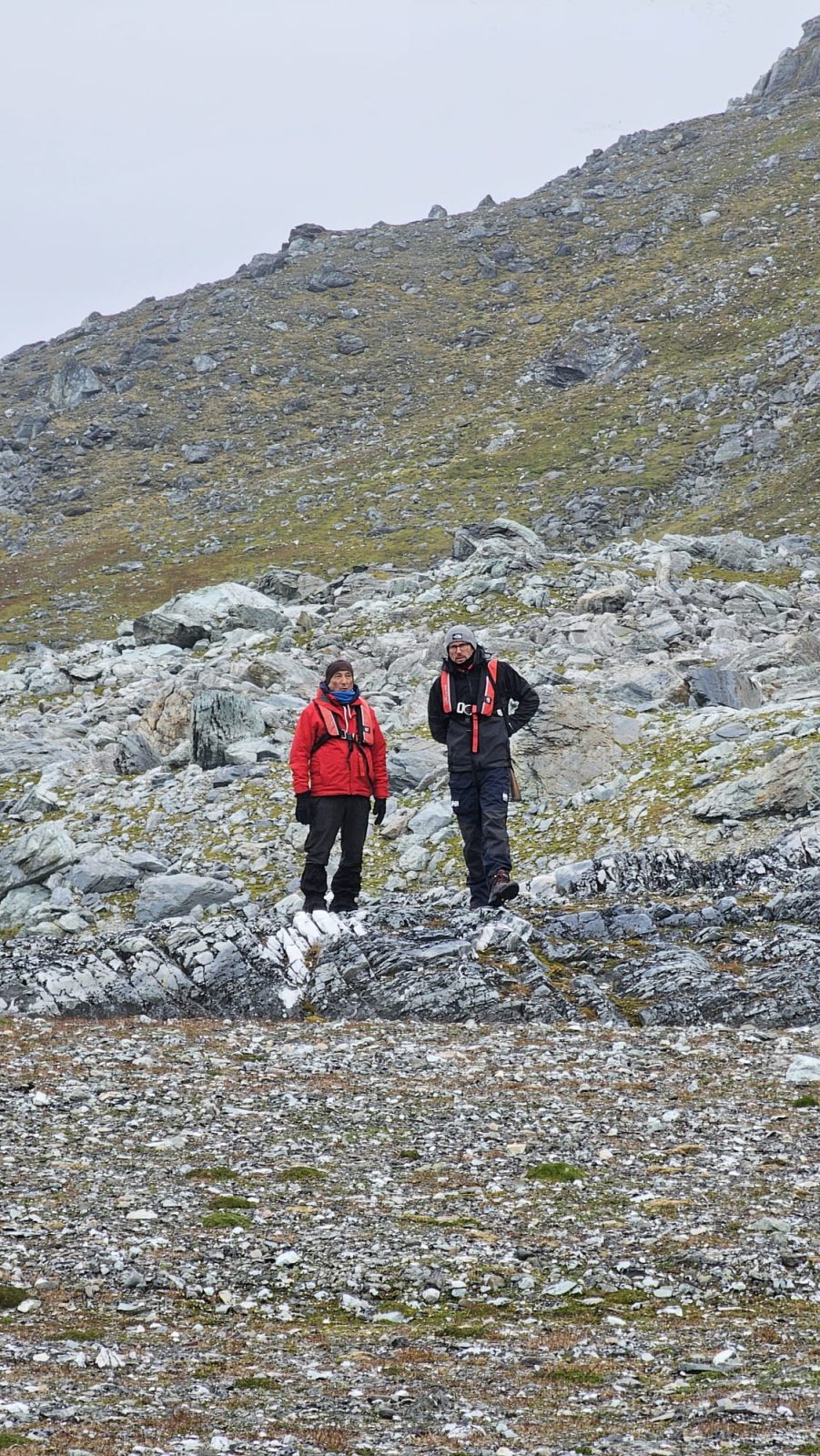
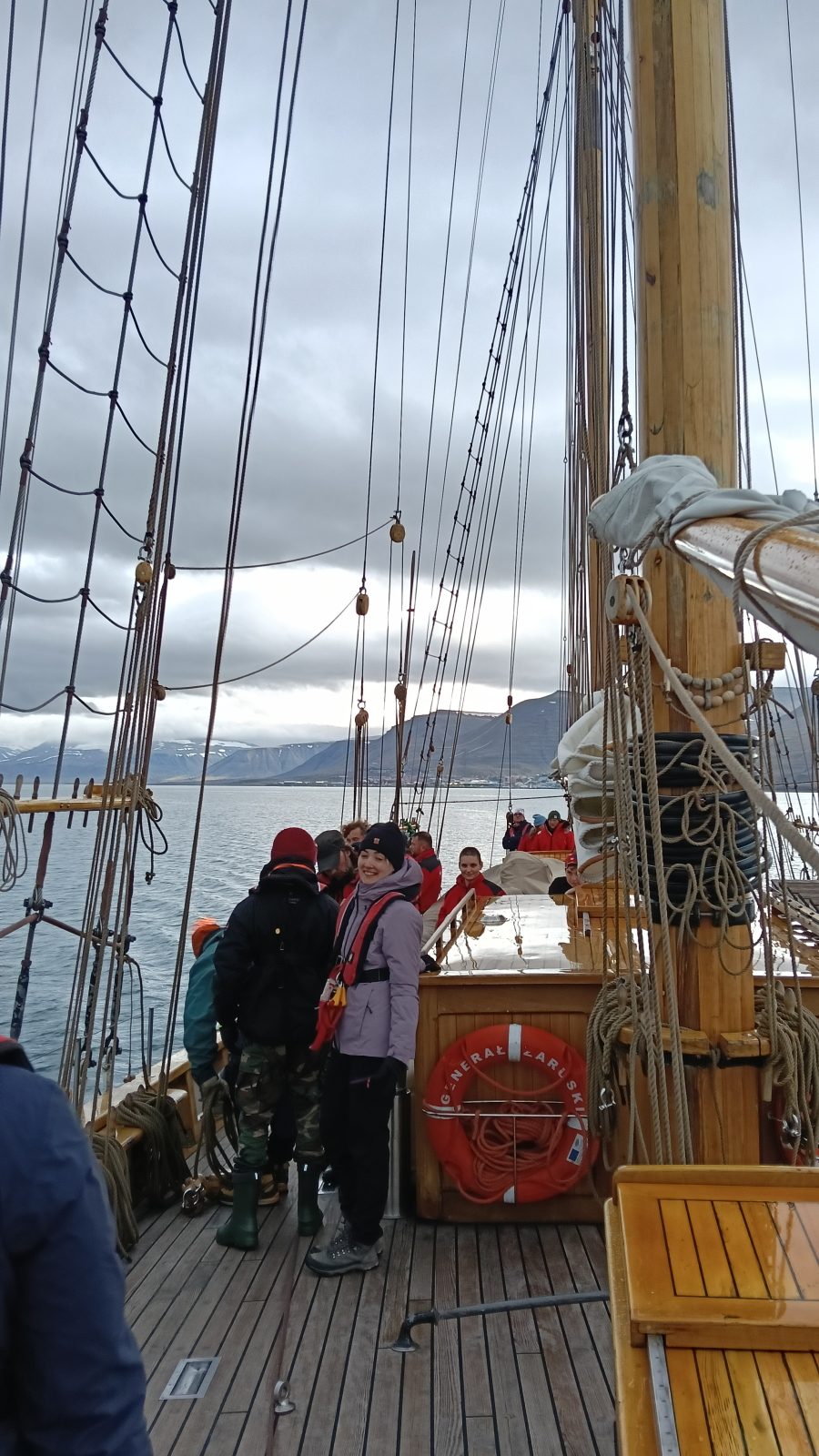
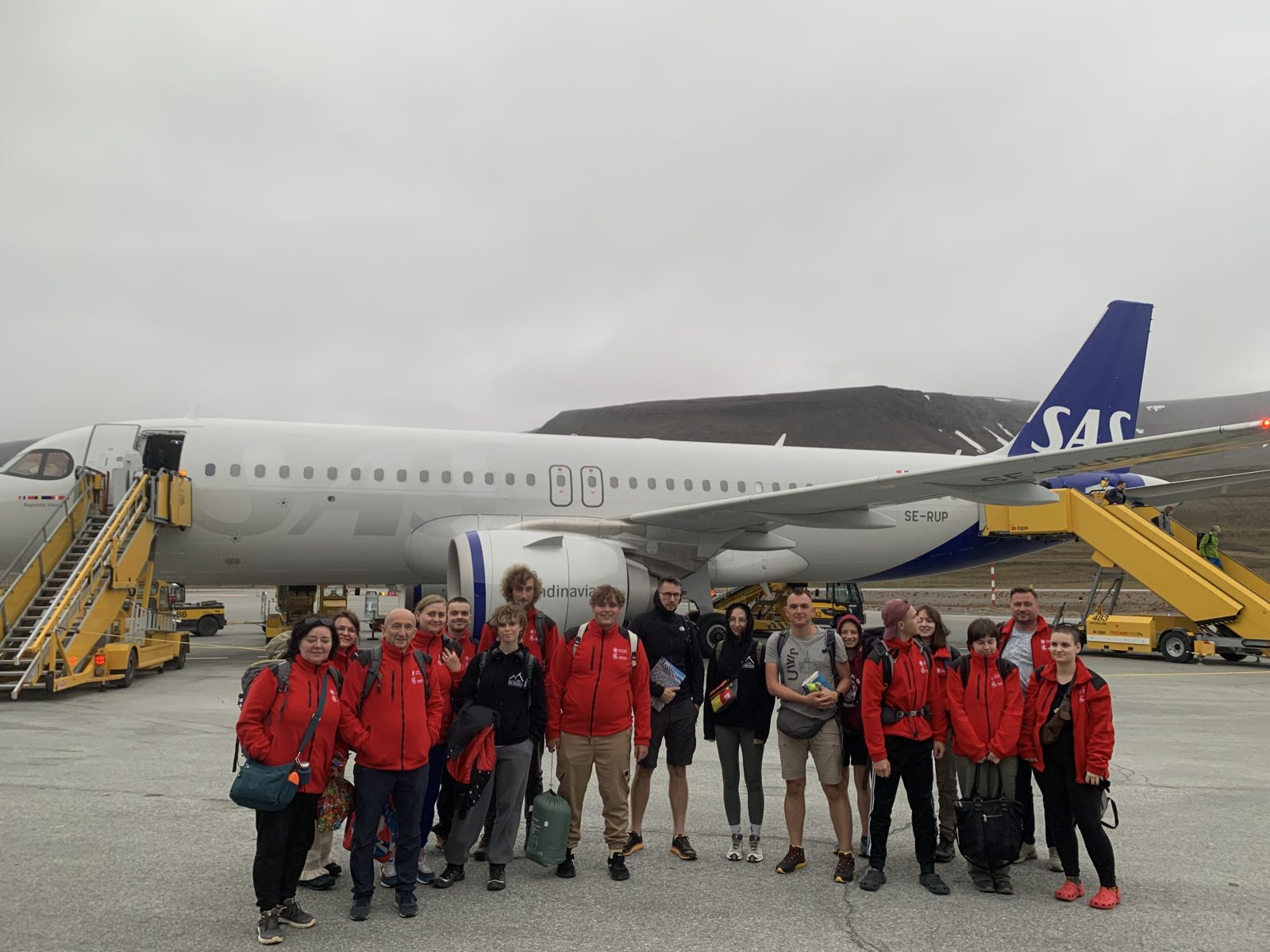
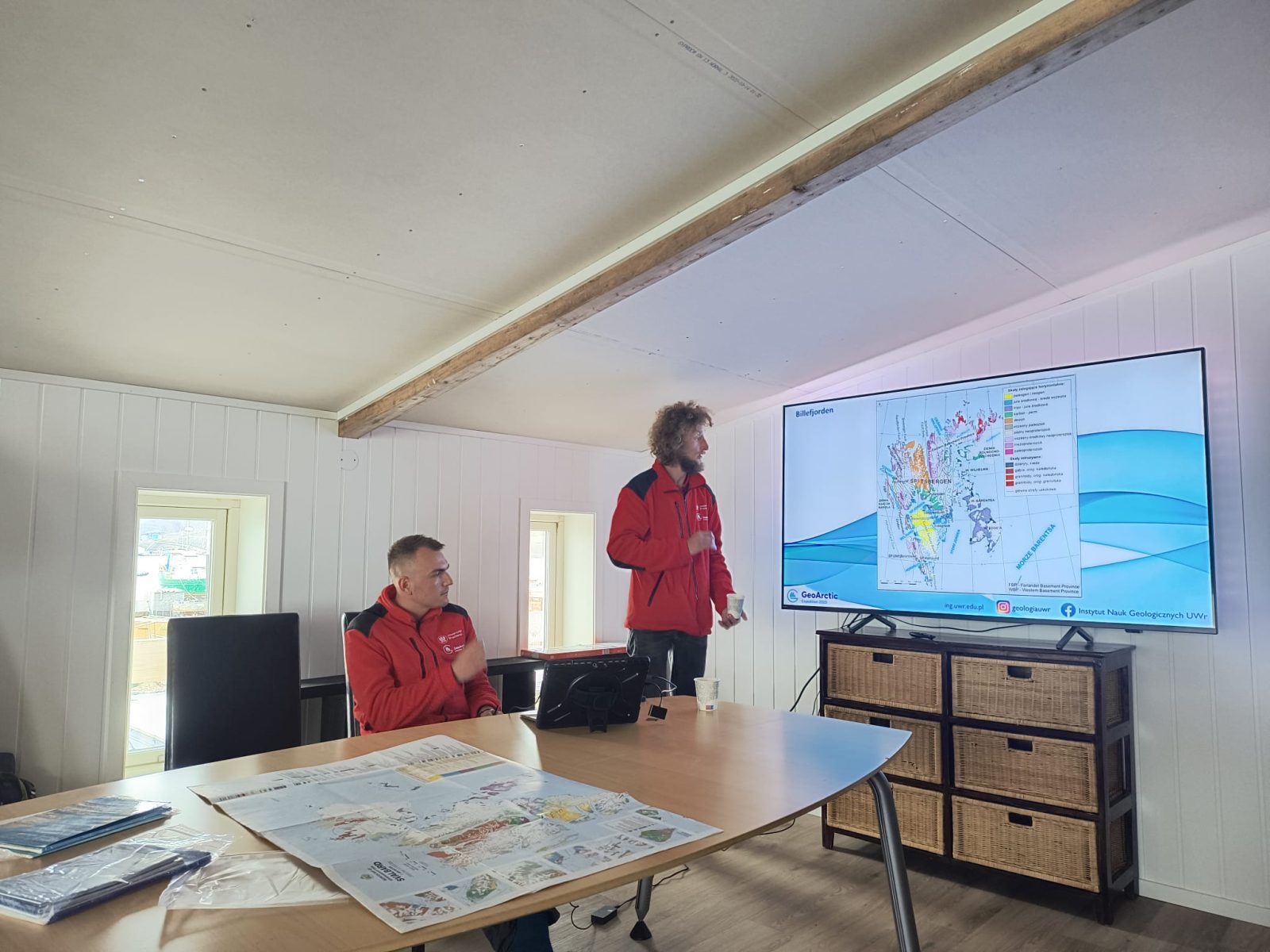
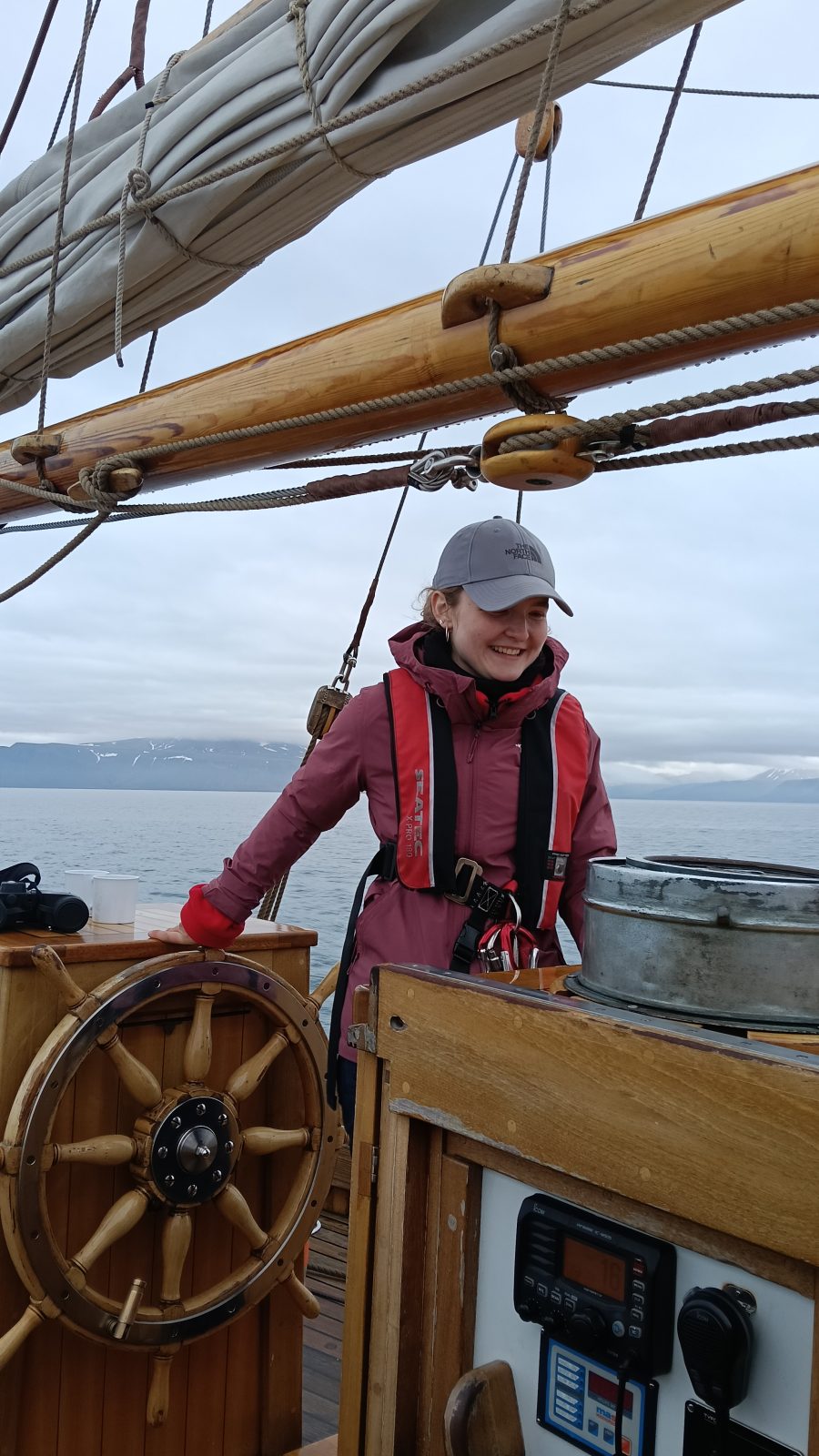
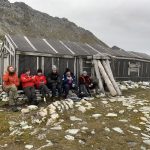
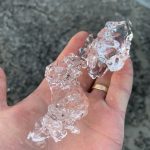
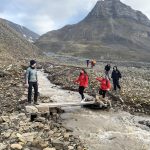
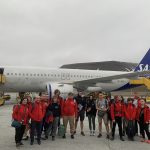
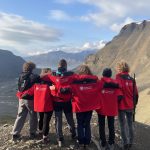
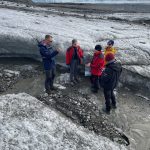
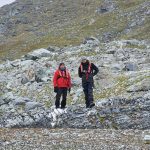
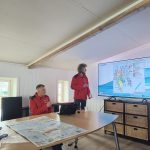
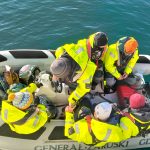
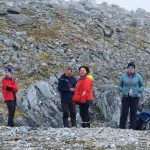
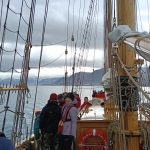
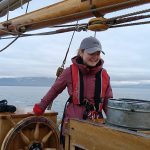
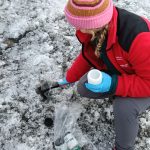
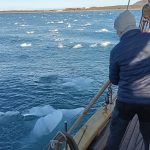
Date of publication: 5.08.2025
Added by: M.K.



